Home>Garden Essentials>When Mapping Out Your Play Area Into Zones
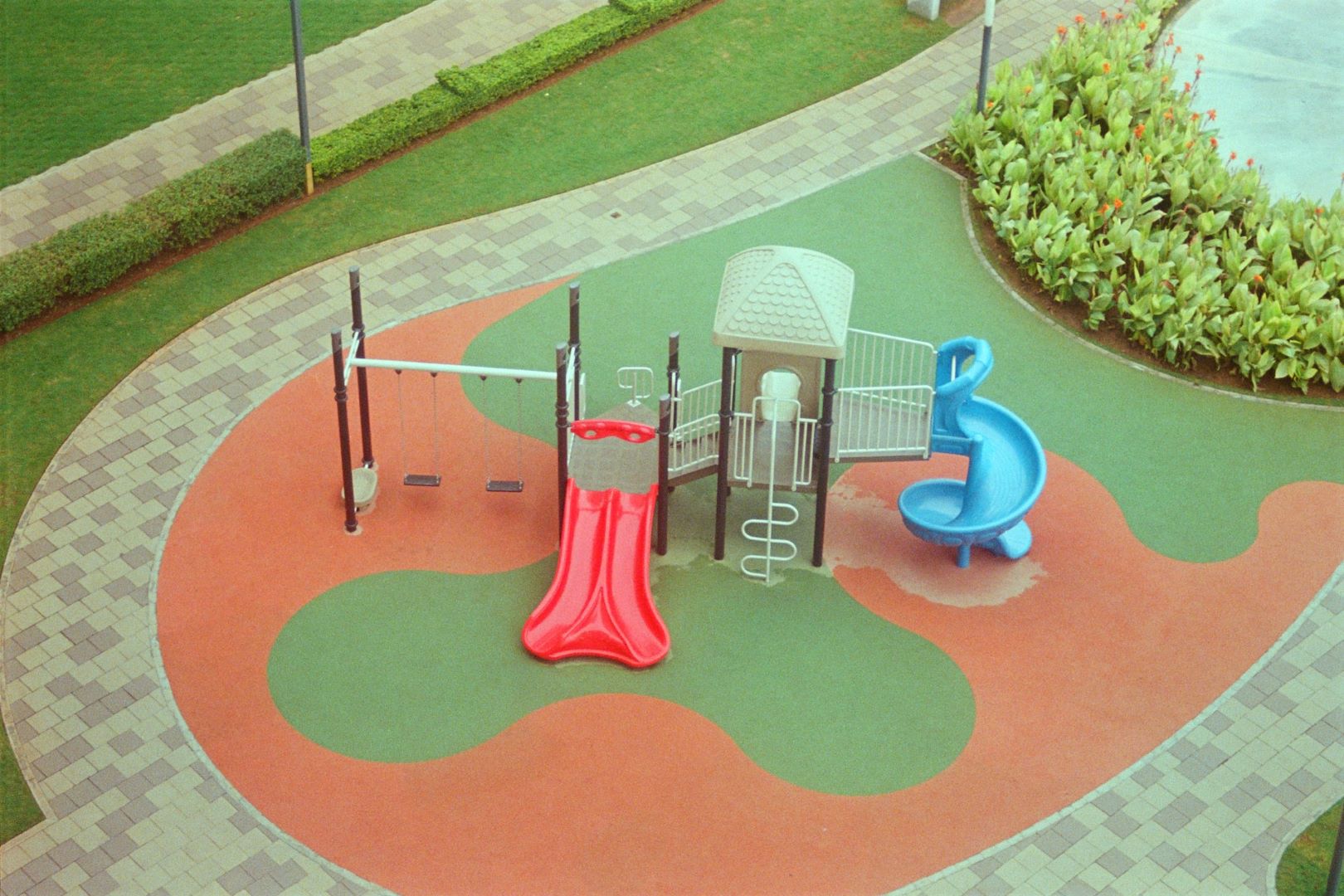

Garden Essentials
When Mapping Out Your Play Area Into Zones
Modified: March 7, 2024
Create a functional and organized garden by mapping out your play area into zones. Enhance your outdoor space with designated areas for relaxation, gardening, and entertaining.
(Many of the links in this article redirect to a specific reviewed product. Your purchase of these products through affiliate links helps to generate commission for Storables.com, at no extra cost. Learn more)
Introduction
Welcome to the world of gardening! Whether you’re a seasoned green thumb or just starting to explore the wonders of plants, creating a beautiful and functional garden is a rewarding experience. One key aspect of designing your garden is organizing the space effectively. To optimize your gardening experience and make the most of your outdoor oasis, consider mapping out your play area into different zones.
Dividing your garden into zones not only adds structure and organization but also allows you to easily navigate and enjoy different activities in your garden. From entertaining guests to finding solace in relaxation, each zone serves a specific purpose. Let’s take a closer look at the various zones you can create in your garden and how to make the most of each area.
Key Takeaways:
- Create specific zones in your garden for different activities like entertaining, relaxing, working, and exercising. This helps maximize the use of your outdoor space and enhances the overall gardening experience.
- Design an inviting entrance, entertainment area, relaxation zone, workstation, exercise space, and storage area in your garden. Each zone serves a unique purpose and adds functionality and beauty to your outdoor oasis.
Read more: How To Keep Dogs Out Of Child’s Play Area
Zone 1: Entrance
The entrance to your garden sets the tone for the rest of the space. It’s the first impression visitors have, so it’s important to make it inviting and visually appealing. This zone should seamlessly transition from the outside world into your garden oasis.
To create an inviting entrance, consider installing a well-defined pathway leading to your garden. Use materials such as gravel, stone, or even recycled pallets to create a unique and eco-friendly walkway. Line the pathway with colorful flowers or shrubs to add a pop of color and guide visitors towards the main garden area.
Incorporate an archway or a trellis covered in climbing vines to create an enchanting entrance. This not only adds visual interest but also provides a natural boundary between the outside world and your private garden space.
Don’t forget to include a welcome sign or a decorative element that reflects your personal style. It could be a whimsical garden gnome, a hanging sign with your family name, or a piece of art that symbolizes your love for gardening.
Consider adding a seating area near the entrance to create a cozy spot where you can enjoy your garden or chat with guests before venturing further into the space. A bench, a pair of chairs, or even a swing can be an inviting addition to this zone.
By creating a well-thought-out entrance, you’ll set the stage for the rest of your garden and create a welcoming atmosphere that draws visitors in.
Zone 2: Entertainment
No garden is complete without a designated area for entertainment. Whether you love hosting outdoor parties or simply enjoy spending quality time with family and friends, creating an entertainment zone in your garden is essential.
Start by designating a space for outdoor seating. This can be a patio, a deck, or even a grassy area with comfortable seating options. Arrange your furniture in a way that encourages conversation and creates a welcoming atmosphere. Consider adding a table for outdoor dining and a grill for those summer BBQs.
To add ambience and create a cozy vibe, incorporate outdoor lighting in this zone. String lights, lanterns, or even solar-powered stake lights can add a touch of magic to your evening gatherings. Don’t forget to include a fire pit or a chiminea for those chilly nights, creating a warm and inviting spot for storytelling and toasting marshmallows.
If you have space and budget allows, consider installing a built-in outdoor kitchen or bar area. This will elevate your entertainment zone and make hosting outdoor events even more convenient and enjoyable.
To add some fun and games to your entertainment zone, consider incorporating activities such as a bocce ball court, a horseshoe pit, or a small putting green. These additions will keep both kids and adults entertained and active, creating a lively atmosphere in your garden.
Lastly, don’t forget to add some decorative elements such as potted plants, colorful cushions, and outdoor rugs to tie everything together and add a touch of style to your entertainment zone. By creating a dedicated area for relaxation and socializing, you’ll ensure that your garden is a place where memories are made and laughter is shared.
Zone 3: Relaxation
One of the main purposes of a garden is to provide a peaceful sanctuary where you can unwind and find serenity. Creating a relaxation zone within your garden allows you to escape the stresses of everyday life and reconnect with nature.
Start by selecting a secluded area in your garden that offers privacy and tranquility. This can be a quiet corner, a shaded spot under a tree, or a small secluded patio. Create a sense of enclosure by using tall plants, shrubs, or even a privacy screen to separate this zone from the rest of your garden.
Incorporate comfortable seating options like lounge chairs, hammocks, or a cozy outdoor sofa. Choose cushions and throws in soft, calming colors to enhance the relaxing atmosphere. Place a coffee table or side table nearby for holding books, beverages, or plants that add a touch of natural beauty.
Add elements that engage the senses and promote relaxation. This can include a small water feature such as a fountain or a pond to create soothing sounds of flowing water. Plant aromatic herbs or flowers nearby to release their calming scents. Incorporate wind chimes for gentle melodies that evoke tranquility.
To truly make your relaxation zone a haven, consider surrounding yourself with nature. Add potted plants, hanging baskets, and vertical gardens to create a lush and green environment. Incorporate elements like a meditation garden or a Zen rock garden for a serene focal point.
Escape the noise and distractions of the outside world by incorporating elements that promote mindfulness and peace. Consider adding a small meditation or yoga area where you can take a moment to center yourself and practice mindfulness. This can be as simple as a yoga mat or a designated area with comfortable cushions.
By creating a dedicated relaxation zone, you’ll have a place in your garden where you can unwind, recharge, and enjoy the tranquil beauty of nature. It’s a space where you can find solace and cultivate inner peace.
When mapping out your play area into zones, consider the different types of activities that will take place in each zone, such as active play, quiet play, or group activities. This will help you create a well-balanced and functional play space.
Zone 4: Workstation
A garden can also serve as a productive and inspiring workspace. Creating a dedicated workstation within your garden allows you to combine your love for nature with your passion for creative or practical pursuits.
Start by selecting a well-lit area in your garden that receives ample sunlight throughout the day. This will provide a natural and energizing environment for your work. If possible, position your workstation near a source of water for easy access when tending to plants or cleaning gardening tools.
Invest in a sturdy and functional worktable or bench where you can pot plants, repot flowers, or work on DIY garden projects. Make sure the surface is durable and waterproof to withstand the elements. Consider adding storage options such as shelves or drawers to keep your tools, seeds, and gardening supplies organized and easily accessible.
Enhance the functionality and aesthetics of your workstation by incorporating vertical gardening. Install trellises, wall-mounted planters, or hanging baskets to maximize the use of vertical space and grow herbs, seedlings, or other plants.
Create a comfortable seating area near your workstation, where you can take breaks, enjoy a cup of tea, or sketch your garden designs. Add cushions or outdoor seating to make it a cozy spot to sit and reflect on your gardening accomplishments.
To create a calming and inspiring atmosphere, surround your workstation with potted plants, flowers, and herbs. Choose plants known for their air-purifying qualities, as they will create a healthier working environment and promote concentration.
Consider adding a small whiteboard or chalkboard to jot down ideas, reminders, or gardening tips. This will help you stay organized and keep track of your tasks and goals. You can also use it to draw quick sketches or to write down planting schedules.
Having a dedicated workstation in your garden allows you to immerse yourself in your gardening passion, explore your creativity, and engage in hands-on projects. It’s a space where you can combine work and play while harnessing the beauty and inspiration of your natural surroundings.
Read more: How To Keep Weeds Out Of Kids Play Area
Zone 5: Exercise
Incorporating an exercise zone within your garden can help you stay active and maintain a healthy lifestyle while enjoying the beauty of nature. Creating a space specifically designed for exercise will inspire you to engage in physical activities that promote flexibility, strength, and overall well-being.
Start by designating an open area in your garden that provides enough space for various exercises. It could be a grassy patch, a clear patio, or even a dedicated area with outdoor exercise equipment.
If you prefer a more organic approach, incorporate elements that encourage natural movement. Create a walking or running path that winds through different parts of your garden, allowing you to immerse yourself in its beauty while engaging in cardiovascular exercise. Include stepping stones, small bridges, or even a mini obstacle course to add variety to your workouts.
Consider installing exercise equipment that complements your fitness routine. This can include a yoga deck or a dedicated space for practicing meditation and mindfulness. Add resistance bands, weights, or exercise balls for strength training exercises. If you have space and budget allows, you could even install a small outdoor gym with machines designed for outdoor use.
To enhance the ambiance of your exercise zone, incorporate greenery and natural elements. Surround the area with potted plants, flowering bushes, or vertical gardens to create a refreshing and vibrant atmosphere. Add shade structures or install a pergola to provide protection from the sun and create a comfortable workout environment.
Consider incorporating a water feature, such as a small garden waterfall or a bubbling fountain, to create a soothing and calming environment. The sound of water can be relaxing and help promote focus and concentration during your workouts.
Lastly, ensure that your exercise zone is well-lit, especially if you plan to exercise during the early morning or evening hours. Install outdoor lighting fixtures or place solar-powered stake lights along the pathway to create a safe and inviting space for your workouts.
By creating an exercise zone in your garden, you’ll have a dedicated space where you can engage in physical activities and enjoy the numerous benefits of outdoor exercise. Whether it’s practicing yoga, going for a run, or strength training, your garden can become your personal fitness sanctuary.
Zone 6: Storage
A well-organized garden requires proper storage for tools, supplies, and equipment. Creating a designated storage zone within your garden ensures that everything is easily accessible, properly protected, and doesn’t clutter up other areas. This zone will help you stay organized and maintain the overall aesthetics of your outdoor space.
Start by identifying an area in your garden that is easily accessible yet inconspicuous, such as a corner or a shed. Consider installing a sturdy storage unit, such as a garden shed or a storage cabinet, to store your gardening tools, pots, equipment, and other supplies.
Organize your storage area in a way that maximizes space and allows for efficient retrieval of items. Install shelves, hooks, and pegboards to hang tools, hoses, and other accessories. Utilize clear plastic bins or labeled boxes to store smaller items, such as seeds, plant markers, and gardening gloves, ensuring that everything is well organized and easy to find.
When designing your storage zone, consider incorporating additional features to enhance its functionality. Install a workbench or a folding table that can serve as a workspace for potting plants or carrying out small gardening tasks. Consider adding a sink or a water source nearby for convenient cleaning of tools or hands.
Make sure that your storage zone is properly waterproofed and well-ventilated to protect your tools and supplies from moisture and air damage. Ensure that the area is secure, with proper locks or security measures, to protect your valuable equipment.
Keep your storage zone visually appealing by maintaining cleanliness and order. Regularly clean and declutter the area by discarding old or broken items and organizing the remaining tools and supplies. This will not only make it easier to locate what you need but also contribute to the overall aesthetics of your garden.
By creating a dedicated storage zone within your garden, you not only keep your tools and supplies organized and protected but also maintain the beauty and functionality of your outdoor space. It ensures that everything you need for maintaining and enhancing your garden is readily available and easily accessible.
Conclusion
Designing your garden with a well-defined layout and organized zones can transform it into a harmonious and functional space. By mapping out your garden into different zones, you create specific areas tailored to different activities, maximizing the usability and enjoyment of your outdoor oasis.
From the inviting entrance that welcomes guests to the entertainment zone for social gatherings, and the relaxation zone for peaceful contemplation, each zone serves a purpose and enhances the overall experience of your garden. The workstation zone provides a dedicated space for gardening projects and creativity, while the exercise zone encourages physical activity surrounded by the beauty of nature. Lastly, the storage zone ensures that your tools and supplies are organized and easily accessible.
When mapping out your garden into zones, consider the unique needs and preferences of your household. Think about the activities you enjoy and how you envision each area being used. Take into account the size of your space, the layout, and the natural features that can be incorporated to enhance the functionality and aesthetics of each zone.
Remember to maintain a balance between functionality and aesthetics throughout your garden. Incorporate elements of beauty, such as flowering plants, decorative features, and comfortable seating, while ensuring that each zone serves its intended purpose effectively.
By creating well-defined zones in your garden, you not only enhance your own gardening experience but also provide a warm and inviting space for friends and family to enjoy. Your garden becomes a haven where you can entertain, relax, work, exercise, and find solace in the beauty of nature.
So, go ahead and start mapping out your garden into zones. Embrace the possibilities, let your creativity flow, and watch as your garden transforms into a multifunctional and delightful outdoor space that reflects your unique personality and style.
Frequently Asked Questions about When Mapping Out Your Play Area Into Zones
Was this page helpful?
At Storables.com, we guarantee accurate and reliable information. Our content, validated by Expert Board Contributors, is crafted following stringent Editorial Policies. We're committed to providing you with well-researched, expert-backed insights for all your informational needs.
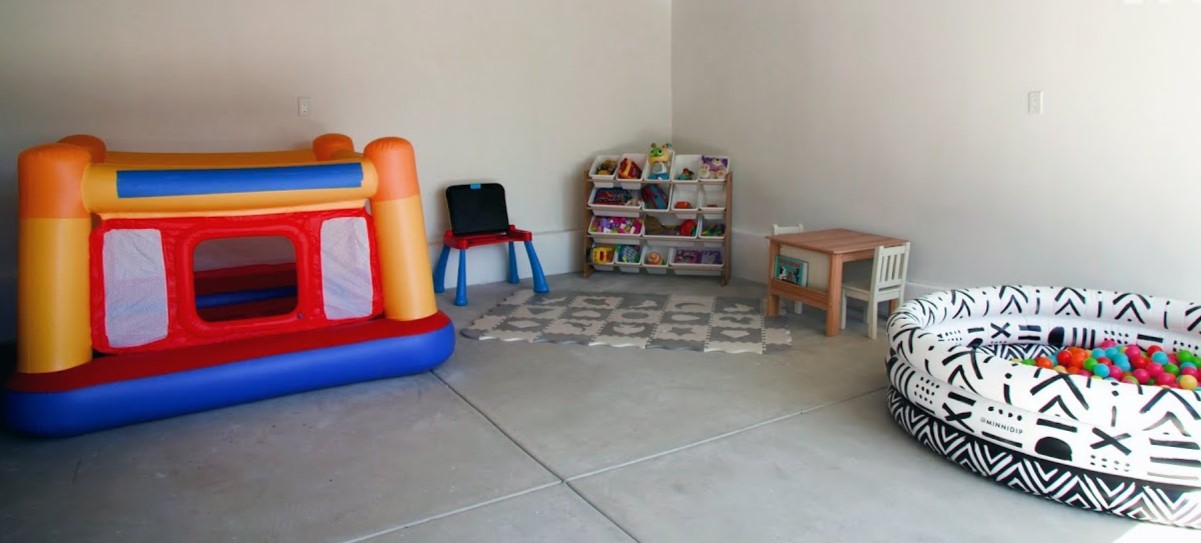
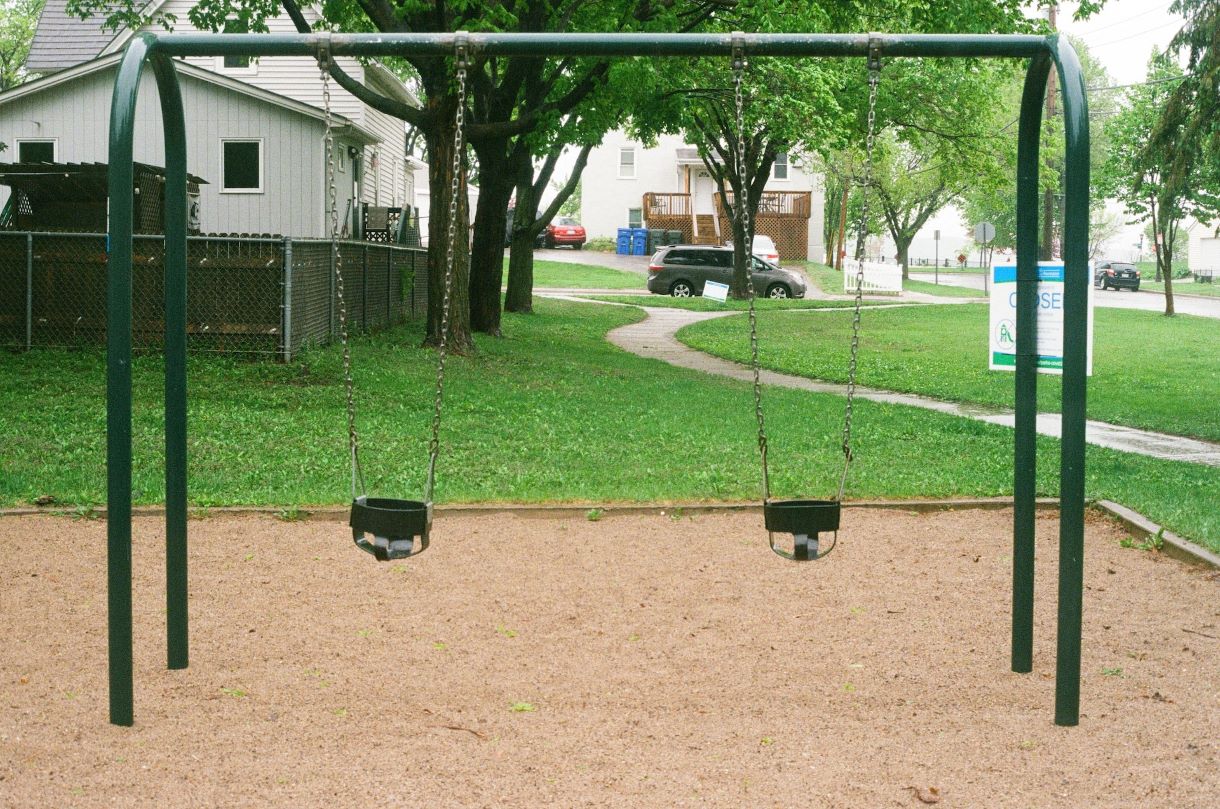
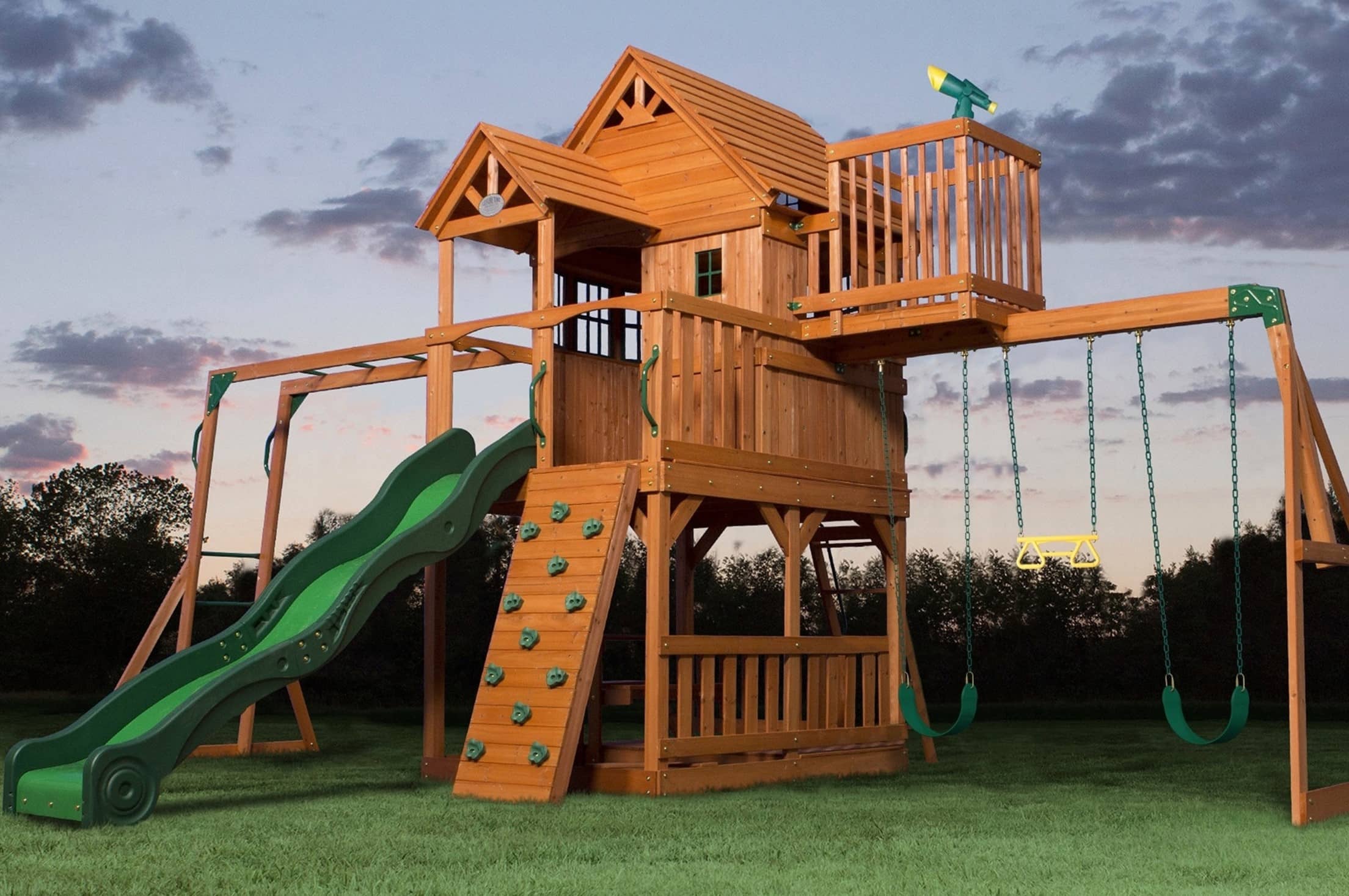
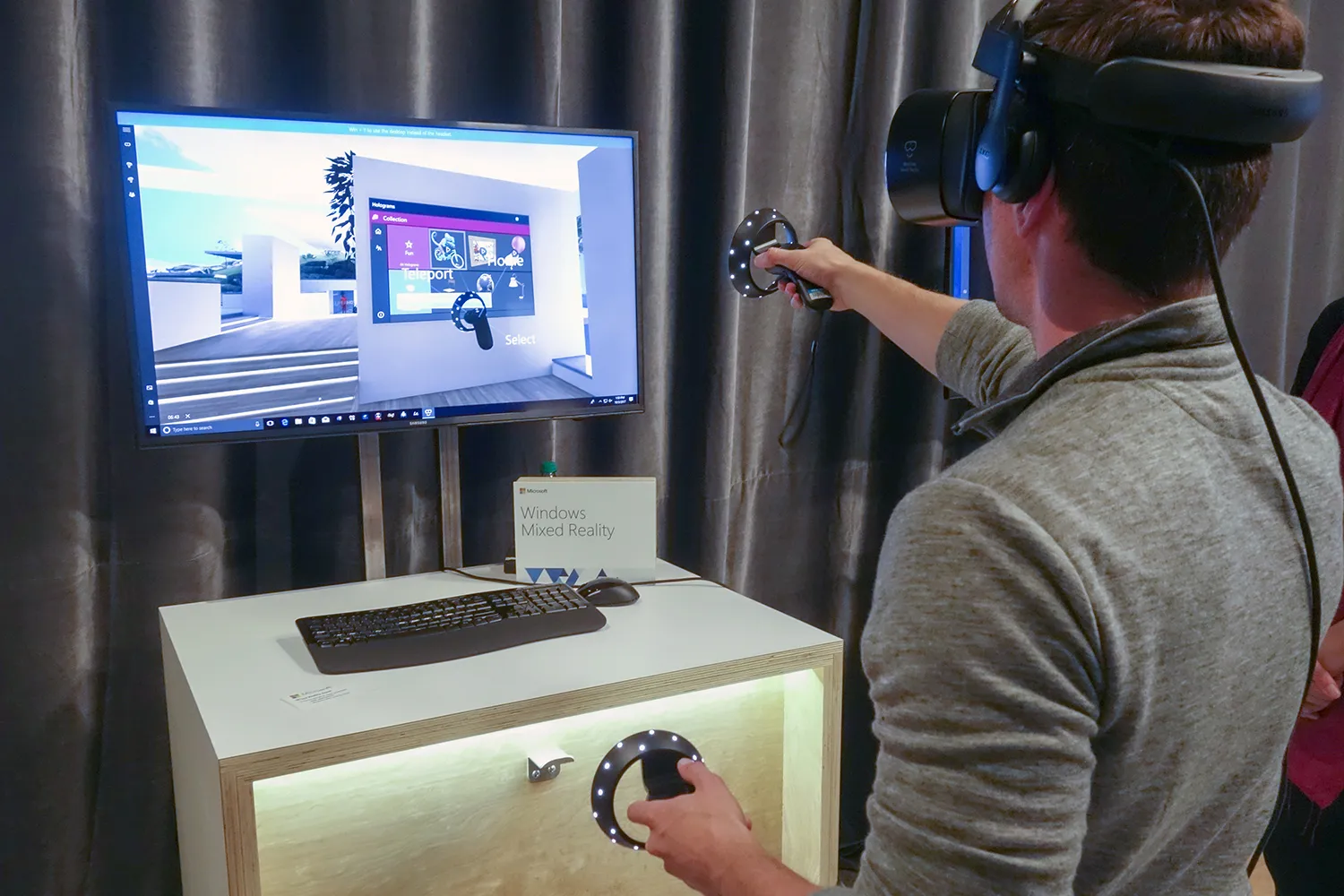

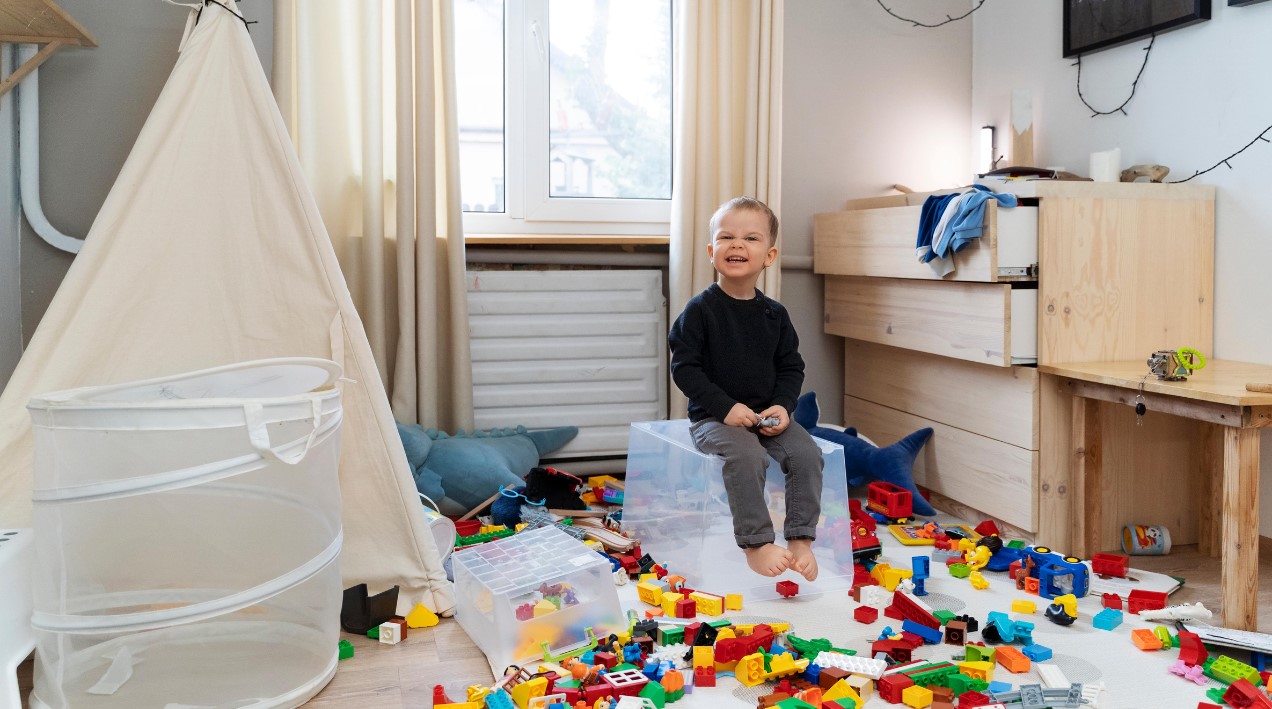

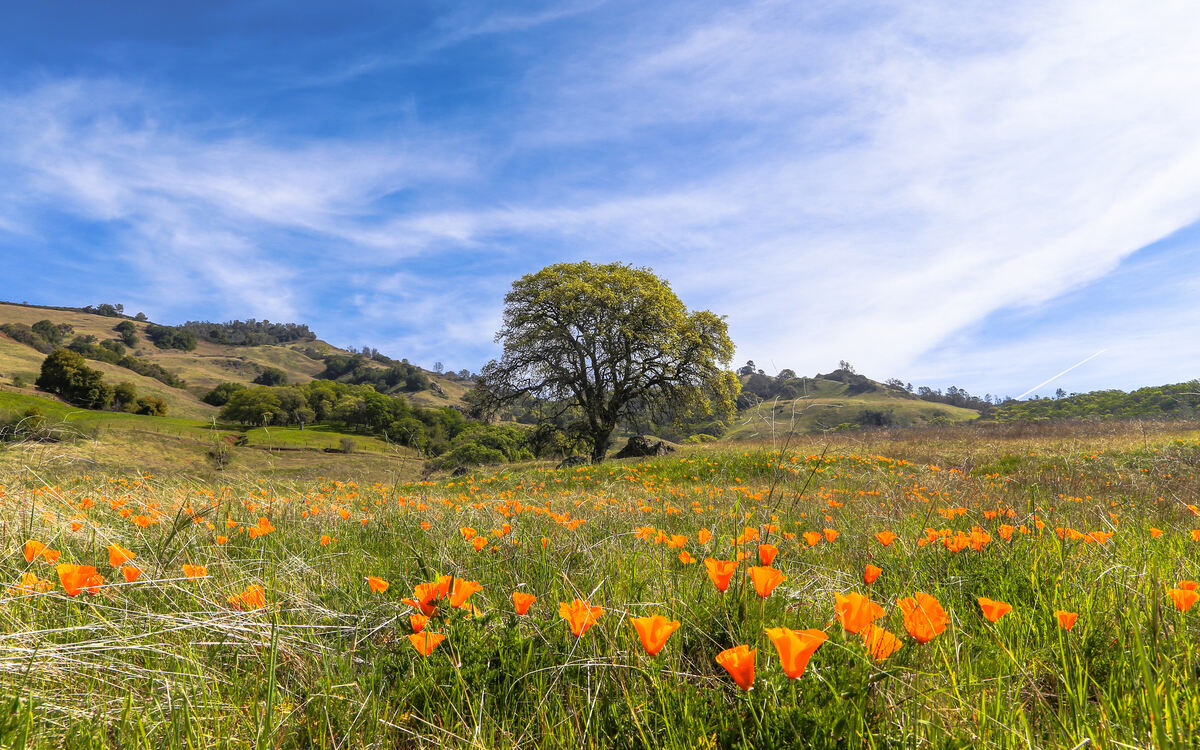
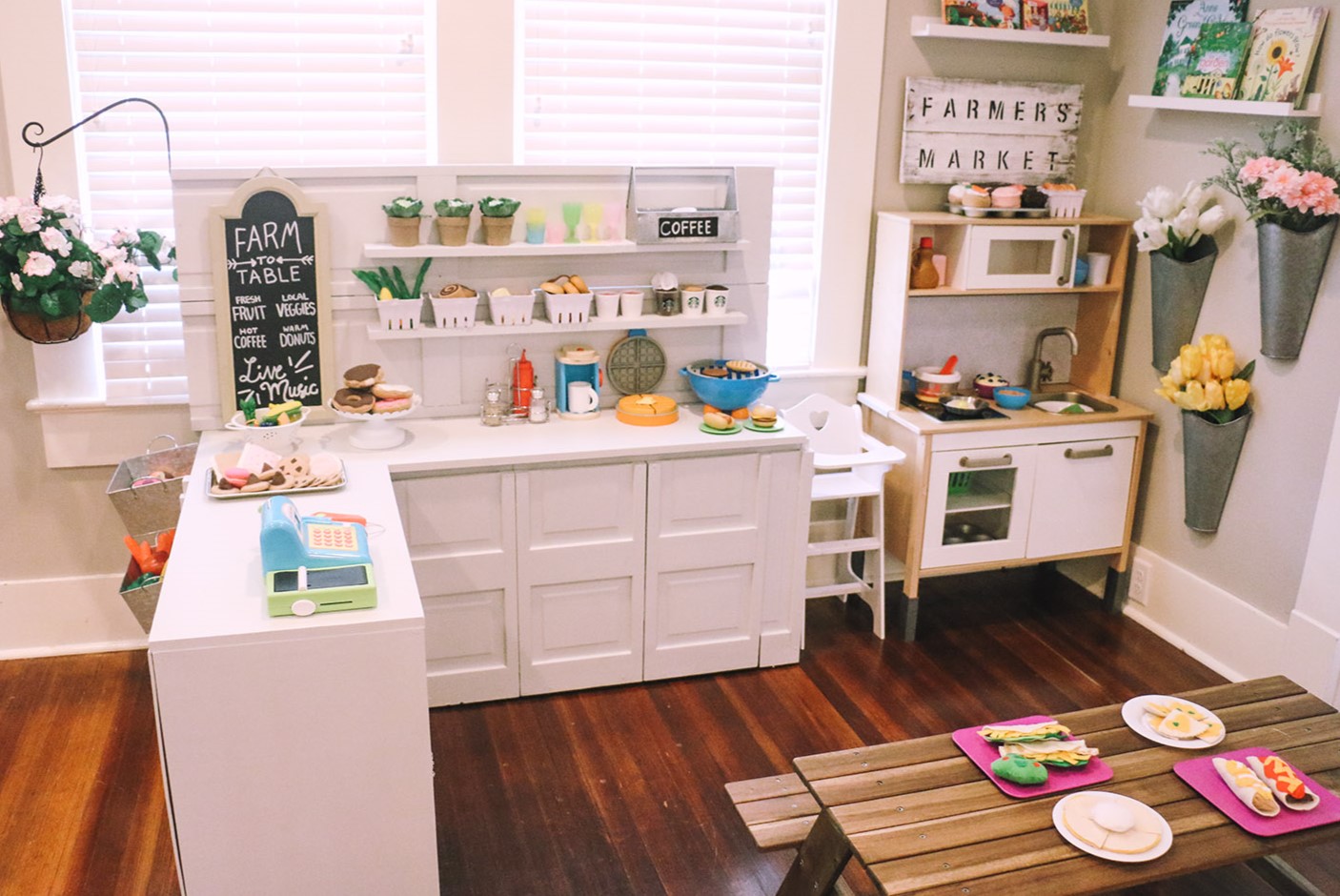
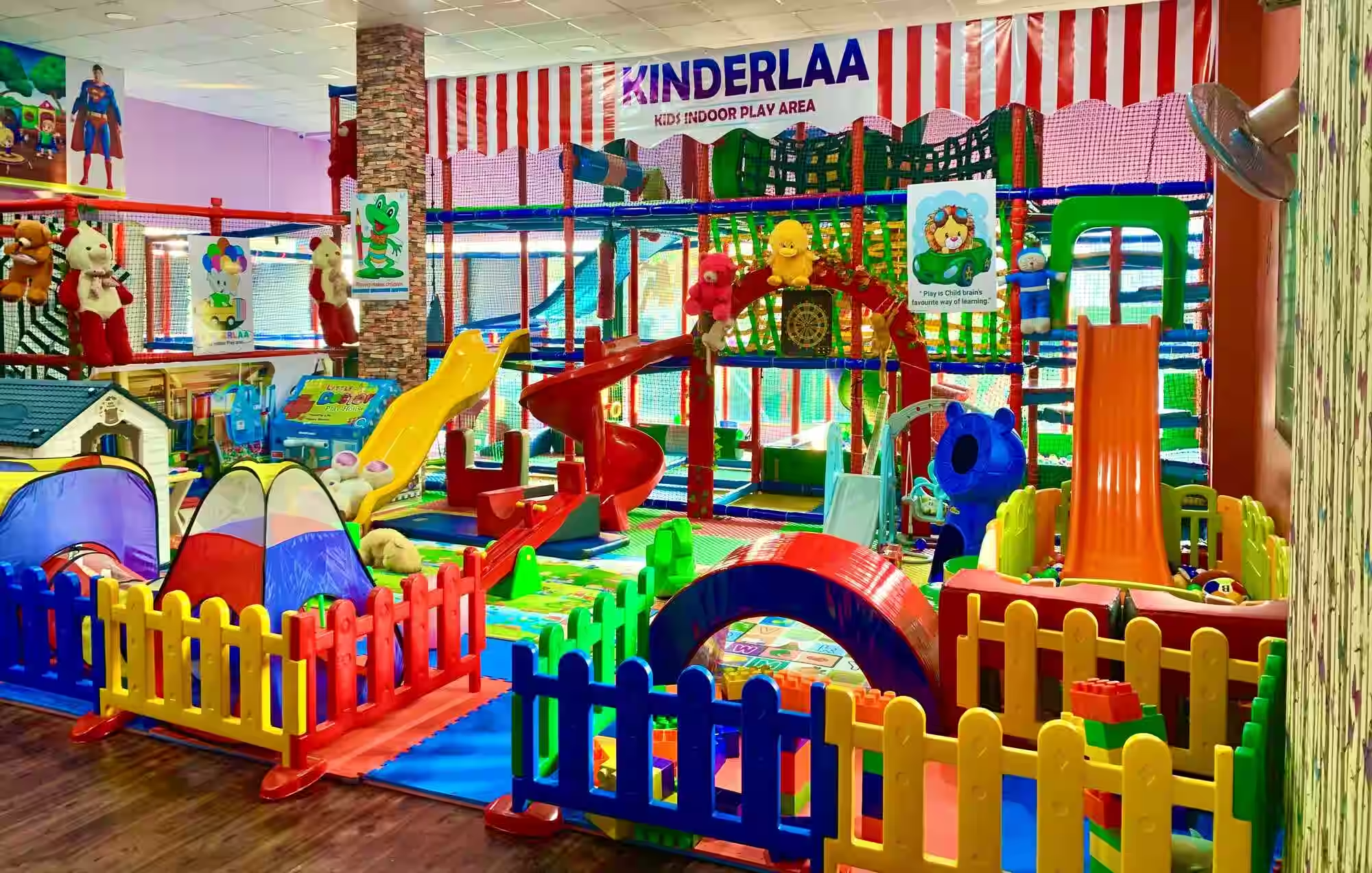
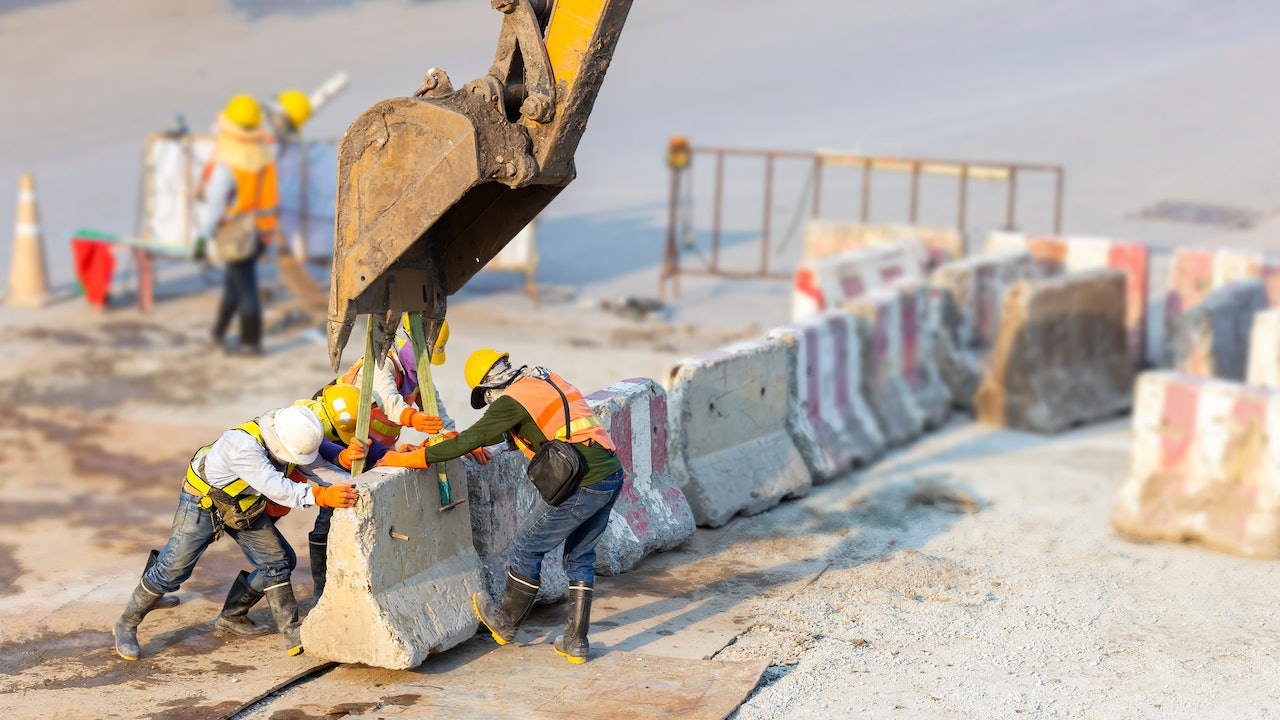
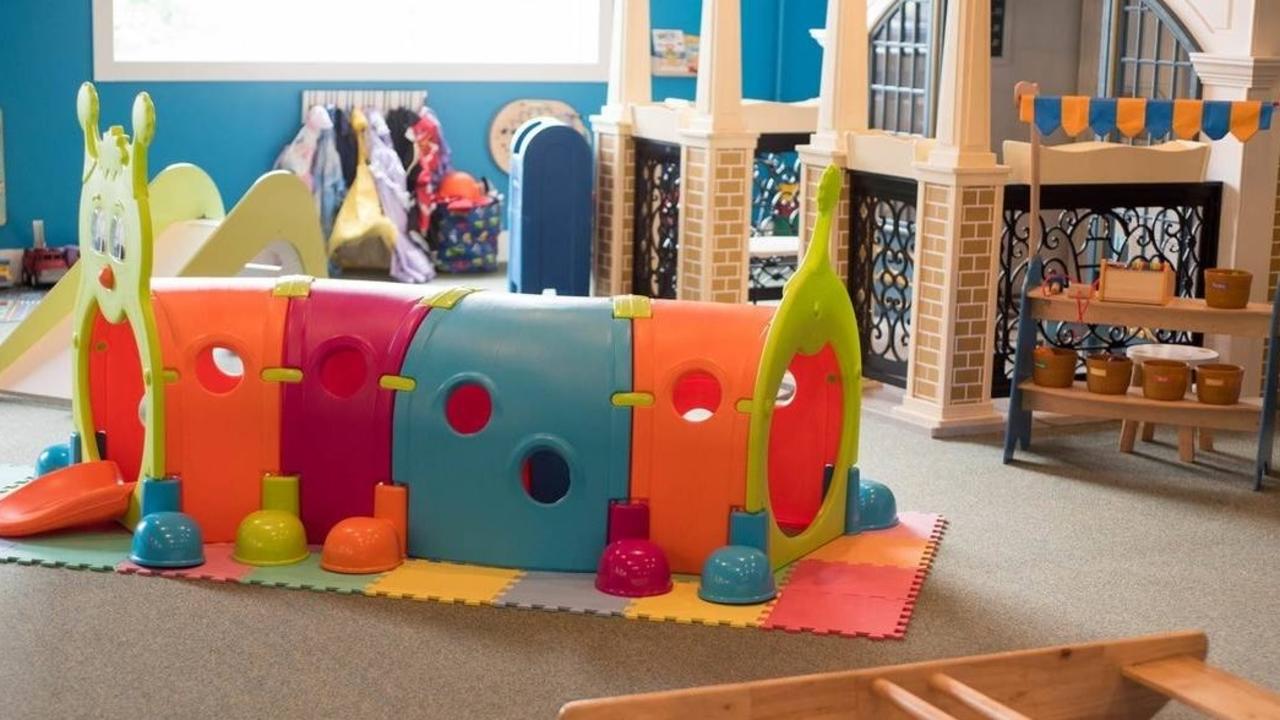
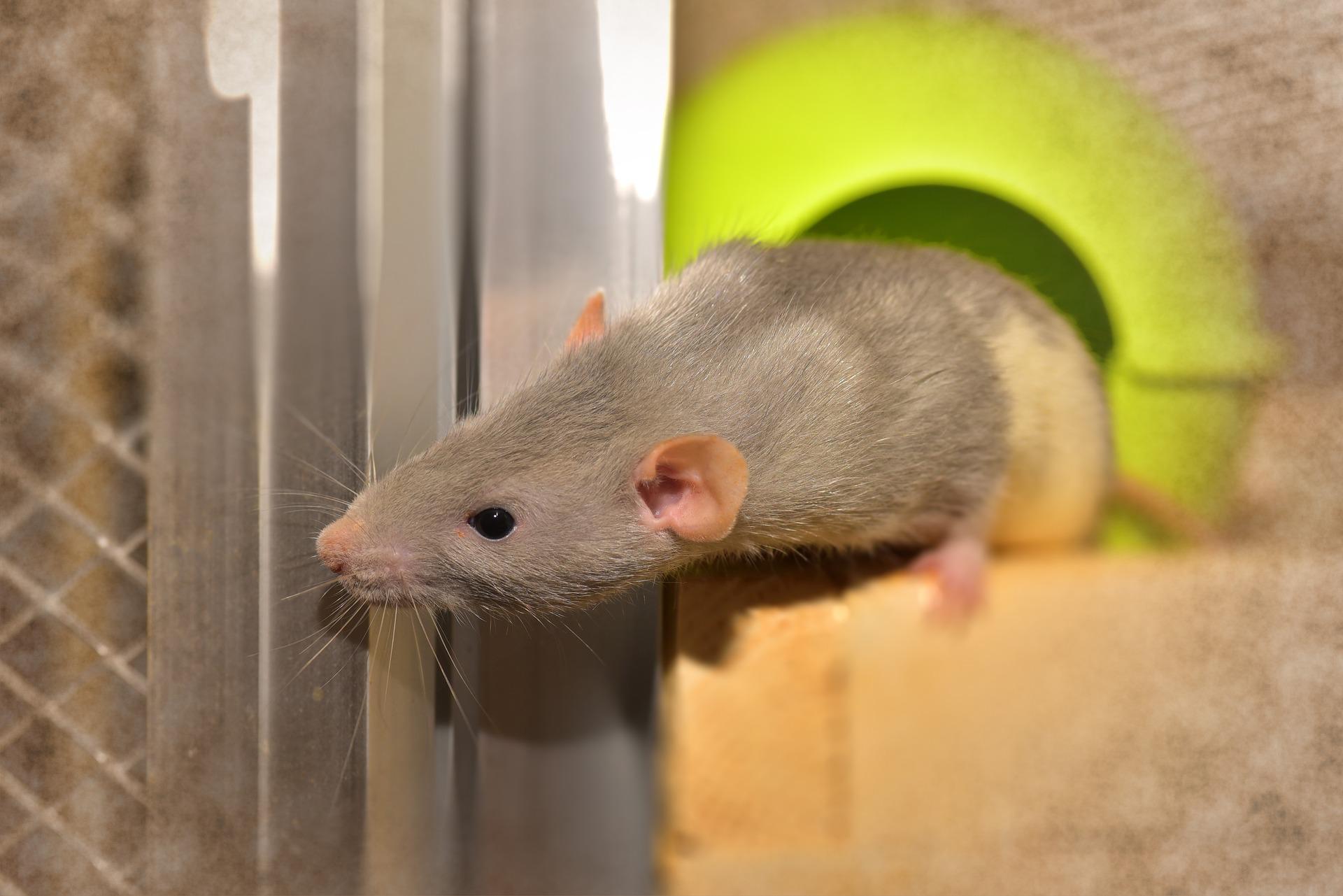
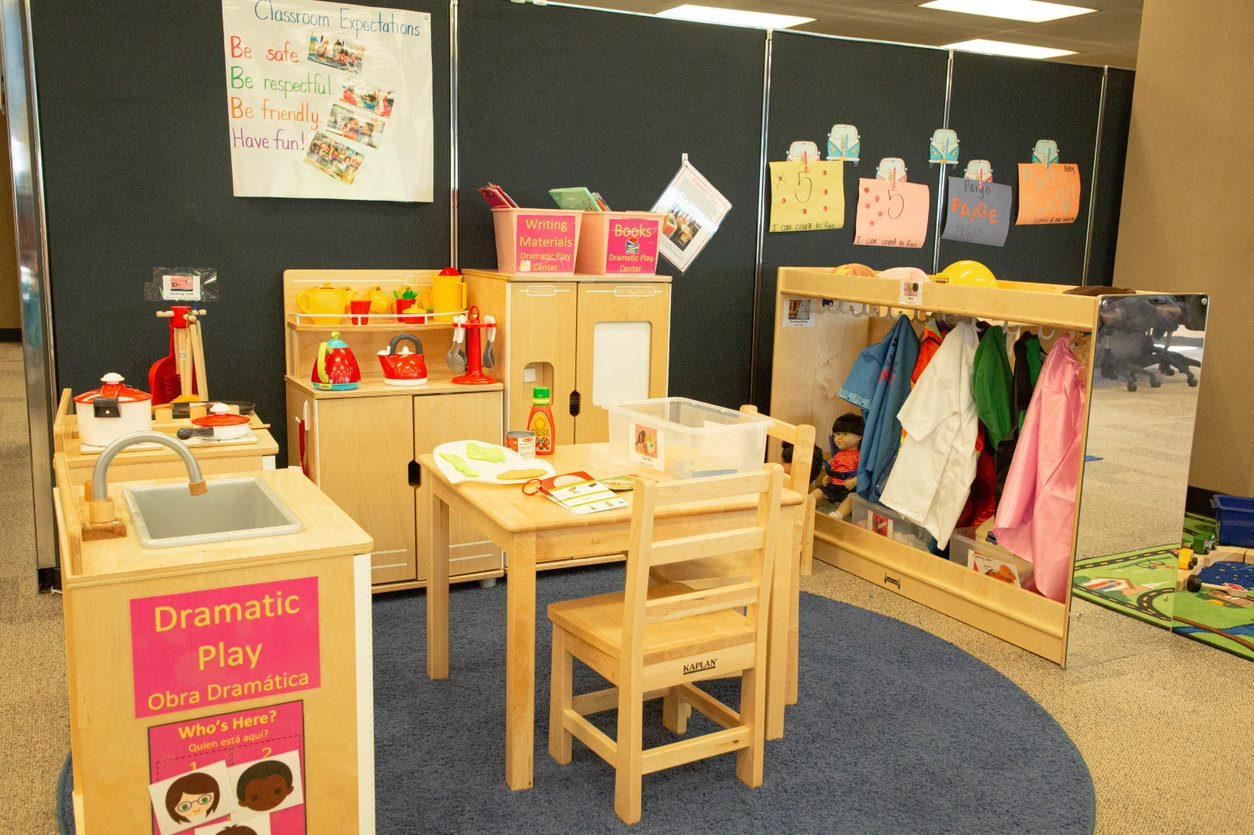

0 thoughts on “When Mapping Out Your Play Area Into Zones”